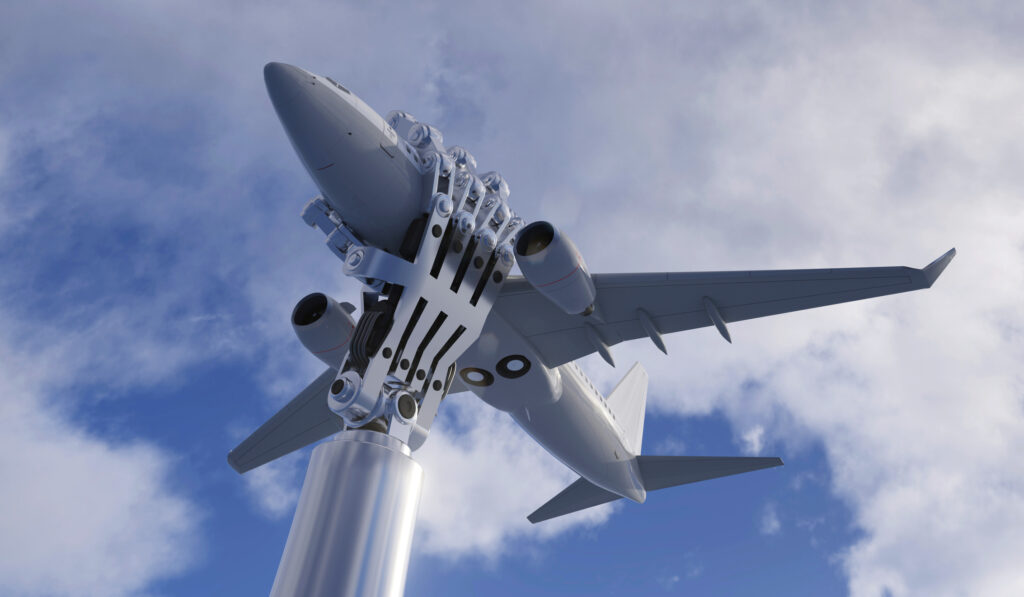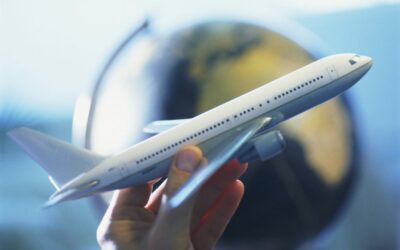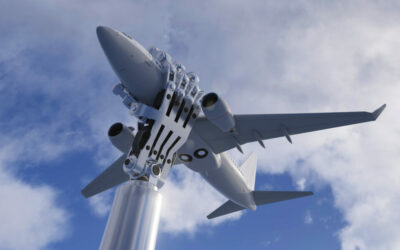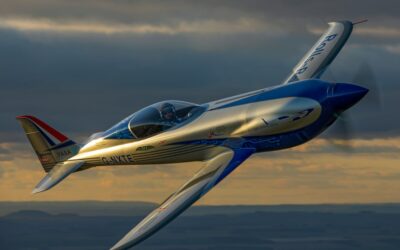The use of control systems and information technology to reduce the need for human intervention is known as automation. In aviation, we can notice an increase in automation in flight and air traffic control activities. The dictionary defines automation as the use of computers to control a particular process in order to boost dependability and efficiency, frequently through the substitution of employees. This definition is primarily concerned with two aspects – the introduction of ‘computers’ and the implications for ‘humans’ in task performance.
With the advancement of modern technology, the use of computers in the completion and performance of a task has become unavoidable. While automation improves the efficiency of a job, it has a significant impact on the ‘operator’, whose role transforms from ‘performer’ to ‘onlooker’. Here’s where the problem of complacency arises. With such a massive transformation, one would wonder whether automation is a benefit or a disadvantage.
Automation has engulfed the aviation industry since the emergence of this important global trend. With the goal of enhancing and managing flight management efficiency, it has become a by-name and is considered a necessary element in this extremely complicated, dynamic, and competitive sector. In today’s aviation, we can notice a growing utilisation and level of automation, particularly in flight and air traffic control activities. However, it has raised questions and worries about human intervention, accidents, and mishaps, as well as human influences, particularly complacency.
With less direct operational engagement, flight crew members can devote more of their attention to maintaining environmental awareness and interpersonal interactions with their co-workers. As a result, automation can relieve pilots of their burdens by ensuring the availability of critical flight data at all times. When pilots are able to react more swiftly and effectively to circumstances as a result of paying more attention to their surroundings, flight safety improves.
With computer management, the heading, altitude, and airspeed, whereby the aircraft can travel at the most ideal efficiency can be retrieved. Fuel consumption can be lowered with optimal flying performance, resulting in cheaper operational costs. This is especially important for commercial airlines, which are looking to reduce costs in order to increase earnings. The demand for a third flight crew flight engineer to oversee the functioning of secondary aeroplane systems and fuel usage is lifted because flight information is managed automatically by the flight management computers. Airlines can save money by reducing the number of flight crew members required.
Coming to the disadvantages, as automated technology becomes more prevalent, flight crews may become overly reliant on glass cockpits. This may lead to a disregard for the importance of their participation during critical moments of a flight, such as landing and departure. For example, a pilot can fail to intervene in an emergency due to inadequate flying skills and a lack of information about how to handle emergency circumstances. The necessity for intensive training and mastery of highly automated systems utilised in current aircraft has been reduced thanks to automation. According to studies, many accidents occur because many pilots panic during emergencies and make poor decisions that jeopardise the proper operation of automatic systems.
The lack of synchrony between human and machine interaction is another disadvantage of automation. This problem manifests itself as a lack of comprehension of how technical instruments work, a lack of situational awareness, and inappropriate commands. Workload has been reduced due to automation.
However, humans will continue to play a role because machines are unable to accomplish certain tasks that require constant input of precise commands. For example, first officers assist pilots in ensuring appropriate input of commands that modify the altitude and automation mode of an aircraft. Certain inputs may not line up with automatic operation modes, resulting in non-routine events.
Automation has proved to be a game-changing technical development that consistently improves flying safety and efficiency. With easy access to the necessary flight data, pilots may focus their efforts and concentration on safely navigating the plane. Operational costs are cheaper due to a reduction in the number of flight crew and fuel consumption. Despite the economic and operational benefits, pilots’ airmanship may be harmed if they rely too heavily on automation. Excessive reliance on automation may lead to flight crew complacency in terms of ensuring their participation during important parts of the flight. Even though the aircraft is operated by computers, the introduction of training and the execution of rules ensures that pilots devote their attention to situational awareness. Such technical advancements can only improve aircraft safety if cognitive skills are emphasised to eliminate human errors.




